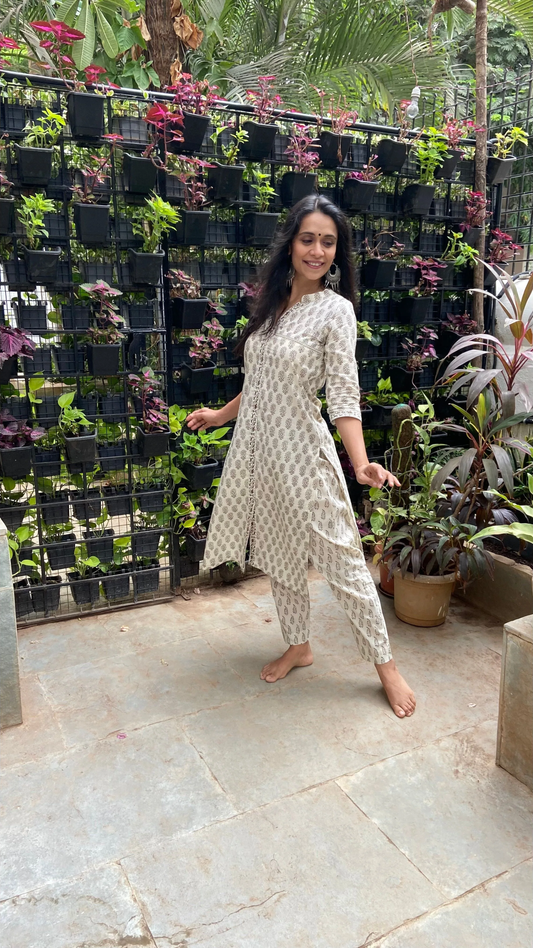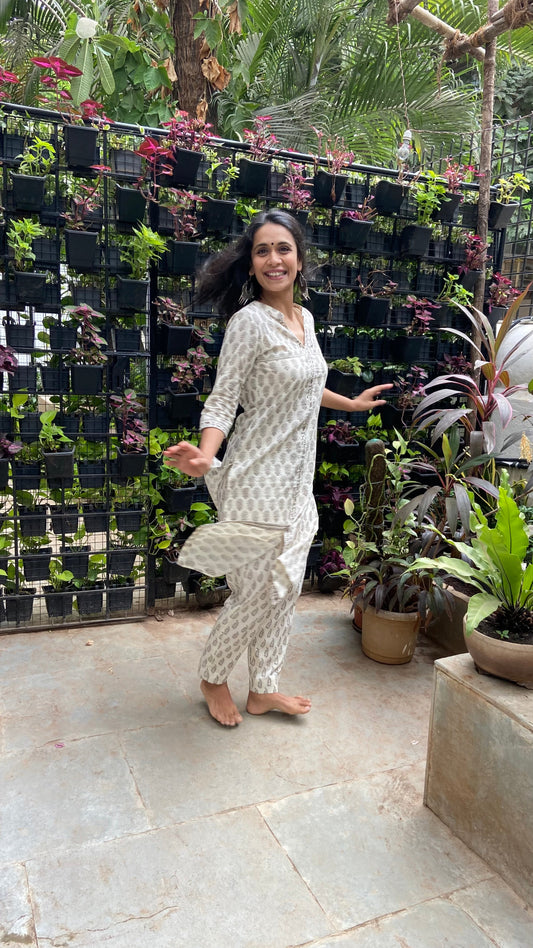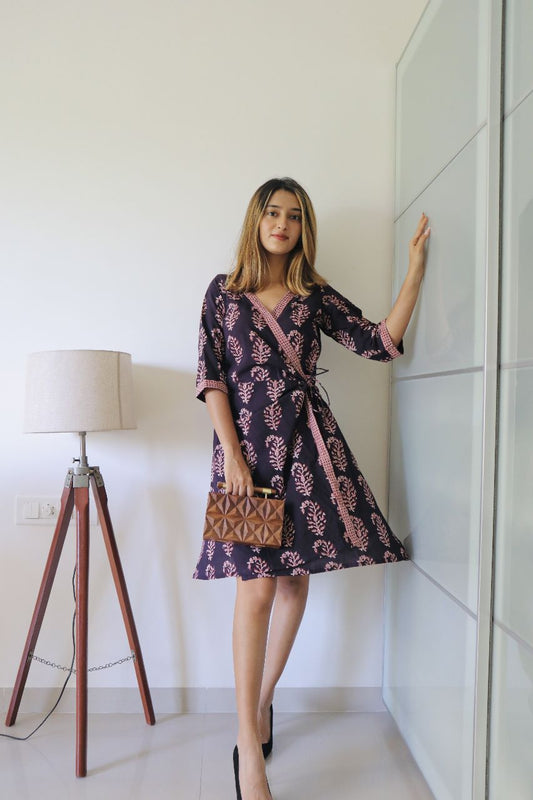Chikankari is an exquisite form of traditional embroidery that originated in the city of Lucknow, in the state of Uttar Pradesh, India. This delicate and intricate style of embroidery is characterized by its fine white threadwork on lightweight. It is a timeless craft that has been passed down through generations and holds a significant place in Indian textile heritage.
Here are some fun facts about Chikankari:
-
Handcrafted Art: Chikankari is entirely handcrafted by skilled artisans using a combination of needlework and other embroidery techniques. It involves making delicate patterns on the fabric by hand, creating beautiful motifs, and filling them with various stitches.
-
Motifs and Designs: Chikankari traditionally features floral motifs, such as flowers, leaves, and vines, but it can also include geometric patterns and other intricate designs. The elegance of the motifs and the finesse of the embroidery are the hallmark of Chikankari.
-
Fabrics: Chikankari is commonly done on lightweight and breathable fabrics, which are suitable for the hot and humid climate of the region. Muslin, cotton, chiffon, and silk are the preferred fabrics for this craft.
-
Historical Significance: Chikankari dates back to the Mughal era in India, and it flourished under the patronage of emperors and Nawabs. It was initially done with white thread on white fabric, but today, it is also made with coloured threads on coloured fabrics to suit modern tastes.
-
Geographical Indication (GI) Tag: In 2008, Chikankari received the Geographical Indication (GI) status, recognizing it as a unique and traditional art form specific to the region of Lucknow.
Chikankari is not just an embroidery technique; it represents a cultural heritage, craftsmanship, and the artistic expression of the skilled artisans who have perfected this art over centuries. It continues to be cherished and sought after both within India and internationally for its timeless beauty and intricate craftsmanship.








